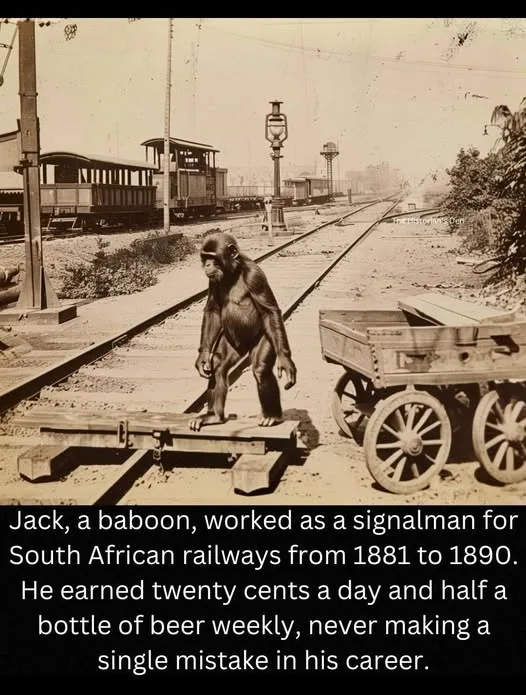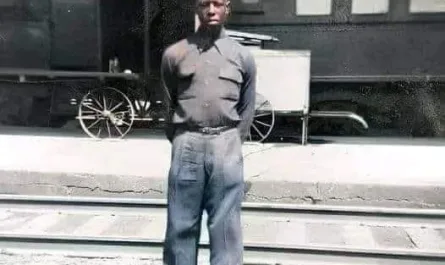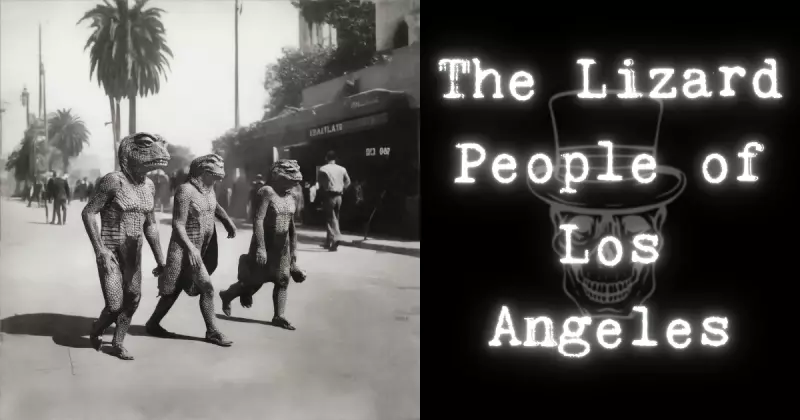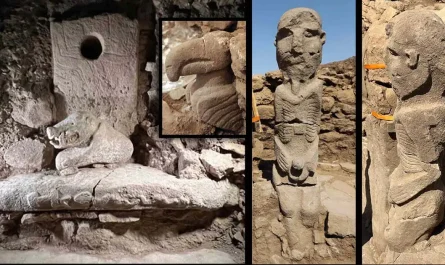In the annals of railway history, there are many tales of ingenuity, resilience, and human perseverance. But none are quite as extraordinary—or heartwarming—as the story of Jack the Baboon, a four-legged signalman who worked on the railways of South Africa from 1881 to 1890.

A Tragic Beginning, A Unlikely Partnership
The story begins with James “Jumper” Wide, a signalman for the Cape Government Railways. Jumper was known for his daring habit of jumping between railcars—until one day, fate dealt him a harsh blow. A tragic accident cost him both of his legs, threatening not just his mobility but his livelihood.
Determined not to give up, Jumper constructed a custom handcart to move along the tracks. But daily tasks remained difficult. That’s when he met Jack, a chacma baboon, at a local market. Impressed by the animal’s alertness and intelligence, Jumper bought him and began training him as a helper.
Training Jack: From Assistant to Signalman
At first, Jack helped Jumper with everyday chores—pushing his cart, fetching items, and offering companionship. But Jack’s capabilities went far beyond basic assistance.
With remarkable observation skills, Jack quickly learned how Jumper operated the railway signals. In time, he began mimicking the correct lever movements to change tracks and signal approaching trains. Jumper, of course, always supervised—but Jack executed the tasks with astonishing precision.
Public Outcry… and Official Recognition
It didn’t take long for passengers and townsfolk to notice the unusual sight of a baboon working on the railway. Concerned that an animal was operating vital infrastructure, a member of the public reported the situation to railway authorities.
Rather than dismissing the case outright, officials launched a formal investigation.
What they found stunned them: Jack had perfect accuracy. He understood the signal codes, the lever system, and even responded correctly to train whistles and signals. His performance was so flawless that he had never made a single mistake.
Employed, Paid, and Respected
Following the investigation, Jack received official employment status from the Cape Government Railways. He was paid 20 cents per day, along with half a bottle of beer per week—a reward he reportedly loved.
He continued working for nine years, assisting Jumper in daily railway operations. Together, the duo became a local legend, known for their incredible bond and efficiency.
A Legacy That Lives On
Jack eventually passed away in 1890 due to tuberculosis, but his legacy lives on. His story is preserved not only in folklore but also in physical form—Jack’s skull is on display at the Albany Museum in Grahamstown, South Africa.
More than just an oddity of history, Jack’s tale is a powerful reminder of:
-
The extraordinary intelligence animals can possess
-
The unbreakable bond between humans and their animal companions
-
And the power of determination in the face of adversity
Final Thoughts
In a world where animals are often underestimated, Jack the Signalman Baboon stands as a testament to what’s possible when trust, training, and necessity meet. He wasn’t just a helper—he was a colleague, a worker, and a friend.
The next time you see a railway crossing, take a moment to remember Jack—the baboon who helped run the trains of South Africa, without ever making a single mistake.





